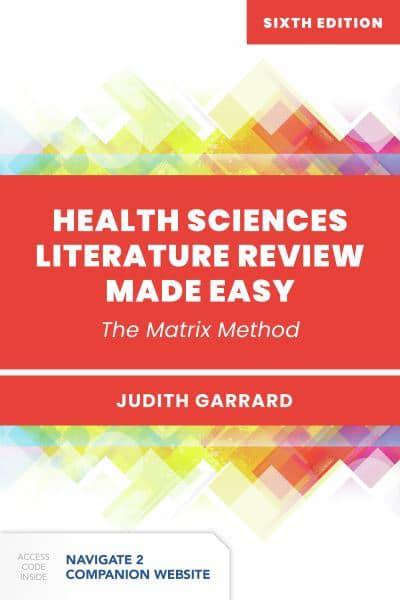
The purpose of a literature review is to provide a comprehensive overview and analysis of existing research and scholarly articles related to a specific topic or research question. It serves several important functions within academic and research contexts: situating your research within the broader academic landscape, identifying gaps, evaluating the quality of existing research, synthesising information from multiple sources and organising it in coherent manner, supporting your research methodology and generating new insights through a critical analysis of existing literature.
Overall, a literature review helps researchers to understand the current state of knowledge, identify research gaps, and build upon existing scholarship. It provides the necessary background information and context for your own research, ensuring that your work is grounded in existing literature and contributes meaningfully to the academic discourse.
The structure of a literature review can vary depending on the requirements of the specific discipline, the purpose of the review, and the preferences of the author. However, there are generally common elements that you can include in your literature review. Here is a typical structure:
Introduction:
Explain the criteria used to select the literature for your review (e.g. age groups, study design, context, geographical scope, publication date range, language, etc.). Justify the rationale behind your criteria to ensure the literature you include is relevant and appropriate for your review.
Literature search process:
Themes or sub-topics:
Critical analysis:
Synthesis and discussion:
Conclusion:
References:
Include a list of all the references cited in your literature review, following the appropriate citation style (e.g., APA, MLA, Harvard, Vancouver... ). You could use citation management software to format your references according to a specific referencing style within the text and in the list of references.
Remember, this is a general structure, and you should adapt it to the specific requirements of your discipline and the purpose of your literature review. Always consult your instructor or research advisor for any specific guidelines or expectations.
To find more information on different type of literature review and how to conduct a literature review see below.
Elicit is an AI-powered search tool designed to assist researchers in conducting literature reviews and other research tasks. It uses advanced GPT technology to search for meaning within academic articles, making the literature review process more efficient and targeted. The system helps with literature review streamline including refining search questions, filtering and customising search results, customising results column and saving and tracking research. Elicit can transform your academic writing experience by streamlining the literature review process.
Grant, M.J. and Booth, A. (2009), A typology of reviews: an analysis of 14 review types and associated methodologies. Health Information & Libraries Journal, 26: 91-108. https://doi.org/10.1111/j.1471-1842.2009.00848.x
 Health Sciences Literature Review Made Easy by
Health Sciences Literature Review Made Easy by